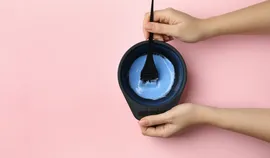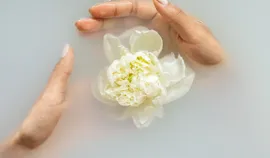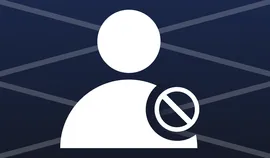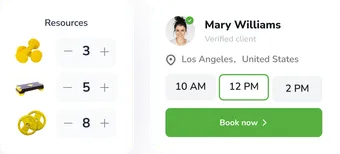Sanitizing beauty tools – main steps
Beauty instruments undergo technical and chemical treatments to ensure their safe use in cosmetic procedures, minimizing potential human harm. Disinfection is a crucial step in this process, aiming to achieve sterility by eliminating germs and bacteria, rendering the instrument surface unsuitable for further microbial reproduction. Following disinfection, a pre-sterilization cleaning involves thoroughly washing the instruments with running water to remove any remaining contaminants.
Subsequently, beauticians prepare the equipment for the final cleaning stage, which involves sterilizing manicure instruments. This step effectively suppresses the possibility of new pathogens colonizing the instruments. Disinfection and sterilization are often mandated requirements by regulatory bodies for registering beauty salons, ensuring compliance with health and safety standards in the beauty industry.
Yes, disinfection of salon tools is mandatory to ensure compliance with health and safety standards in the beauty industry.
The cost of disinfecting equipment can vary depending on the type and quality of tools needed, ranging from a few hundred to several thousand dollars.
Consider purchasing bulk disinfectants, exploring equipment leasing options, or implementing efficient cleaning protocols to minimize product usage. Connecting a beauty salon CRM can help manage product movement and stock control.
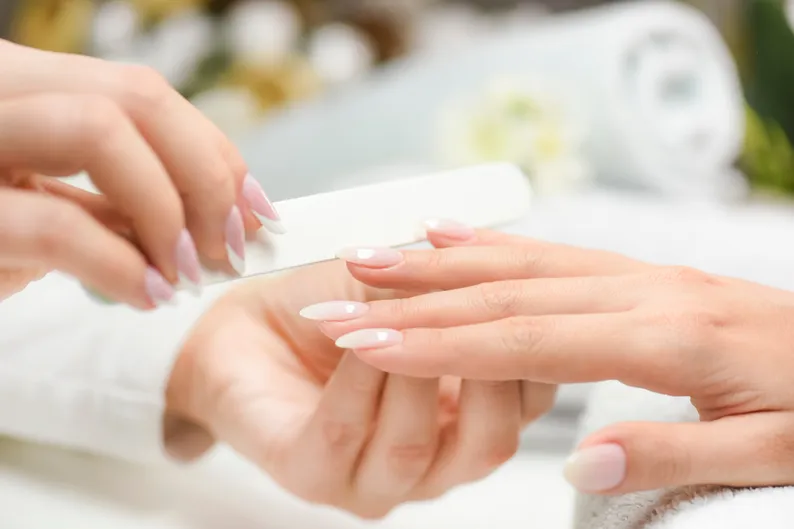
7 disinfection techniques for manicure & hairdressing instruments
We've collected 7 techniques for disinfecting manicure tools and equipment. Each method has advantages and limitations, so choosing the appropriate technique based on the type of instruments and the level of disinfection required is essential.
Hygaept AF solution. This method is effective for seven days and can also be used for pre-sterilization cleaning. If the solution changes color, it's essential to dispose of it and replace it with a new one.
Corzoleks plus. This disinfection solution has a shelf life of five days after the first use. It's recommended to use it in ultrasonic baths with metal containers for optimal effectiveness.
Adaminol cleaning. After preparation, this solution remains effective for up to ten days. For best results, it should also be stored in ultrasonic containers.
Autoclaving. It is a common method used to sterilize instruments by subjecting them to high-pressure steam at a temperature of around 121°C (250°F) for a specified time.
Chemical disinfection. Immerse the tools in a high-level disinfectant solution for the recommended contact time. Ensure proper ventilation and follow manufacturer instructions for dilution ratios and exposure times.
Ultraviolet (UV) light sterilization. UV light can sterilize surfaces by destroying the DNA of microorganisms. However, following safety guidelines and ensuring all surfaces are adequately exposed to UV light are essential.
Dry heat sterilization. Some instruments can be sterilized using dry heat by heating them in an oven at around 160°C (320°F) for a specific period.
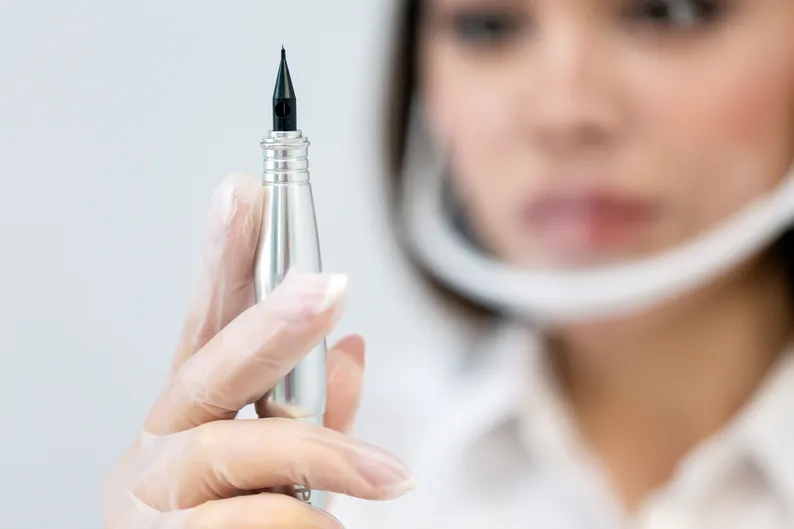
How to clean beauty salon equipment
Here are the recommendations for maintaining a clean and safe workspace in cosmetology businesses, whether operating from home or in a professional treatment room:
Pedicure procedures. After each pedicure session, thoroughly disinfect the foot bath to prevent the transmission of nail fungus or skin diseases to clients.
Manicure area. After every client, sanitize the workstation where manicures are performed to uphold cleanliness and safety standards.
Pedicure cushion. To ensure hygiene, use a cushion with a disposable cover during pedicures and sanitize it with a disinfectant-soaked cloth after each use.
Hair cutting. Keep disposable napkins readily available during haircuts to remove hair from clients' necks and faces, disposing of them after each use to maintain a tidy environment.
By adhering to these practices, you can create a professional and hygienic environment that prioritizes the well-being of both clients and practitioners. Additionally, familiarizing yourself with the responsibilities of a salon administrator can further enhance the management of your beauty salon.
When sterilization is required
Sterilization is deemed mandatory for salons offering cosmetic services for facial enhancement, as medical devices may retain skin particles that can potentially harbor pathogens, posing a risk to subsequent clients.
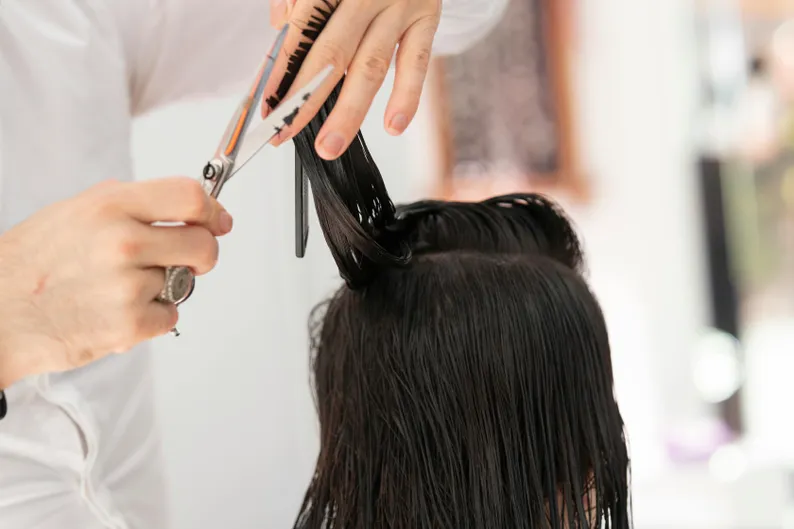
Tools & methods for disinfection in a beauty salon
When conducting sterilized work, meticulous attention to detail is paramount to ensure the safety and efficacy of the sterilization process. Here's a comprehensive list of steps to follow:
Select certified sterilizers. Choose sterilizers that are certified for safe usage and registered with relevant authorities.
Understand method requirements. Familiarize yourself with the specific conditions for the chosen sterilization method, including the need for a designated area and specialized bags.
Utilize specialized bags. Use appropriate bags for packaging instruments based on the sterilization method if required.
Pack instruments. Securely place cosmetic instruments into designated bags according to sterilization requirements.
Prepare sterilizer. Ensure the sterilizer is clean and properly maintained before placing packed instruments inside.
Set parameters. Activate control points, set sterilization parameters, and determine the operation mode based on manufacturer instructions.
Monitor and document. Closely monitor the sterilization process and maintain accurate records of procedures for quality control and regulatory compliance.
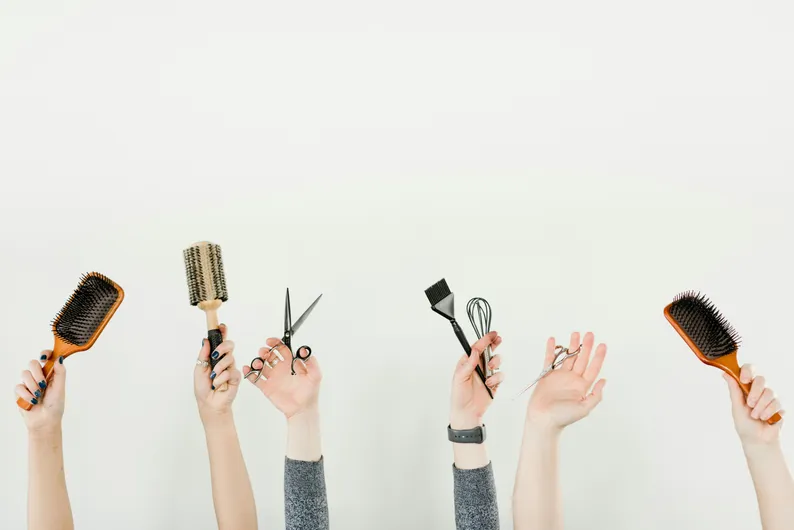
How to maintain hygiene within a salon
Upon completion of the disinfection and sterilization processes, it is crucial to establish a sanitized storage area for the treated instruments. Craft bags secured with staples provide convenient storage, ensuring instruments remain sterile for up to three days.
Cosmetologists can choose bags equipped with closing flaps to enhance the longevity of sterile conditions. These bags extend the storage time to an impressive 20 days. These specialized storage solutions maintain the sterility of instruments and facilitate organized and efficient management within the cosmetology workspace.
Implementing appointment scheduling software also streamlines client flow and prioritizes hygiene. By enabling online sign-ups, businesses reduce physical contact and minimize germ exposure. Automated reminders further minimize face-to-face interactions, promoting a safer environment. The salon software enhances operational efficiency while maintaining hygiene standards and aligning with health-conscious practices. Connect EasyWeek appointment software for even better beauty salon management.

